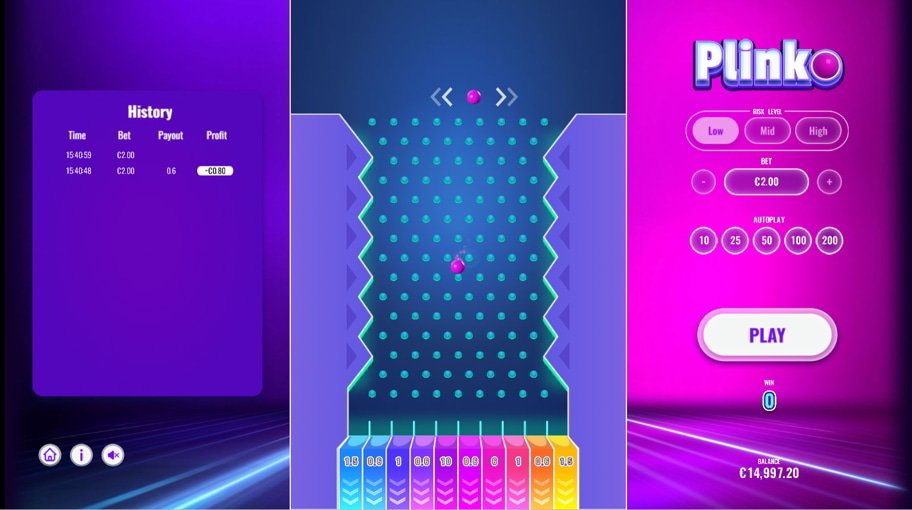The CLAT, or the Common Law Admission Test, is a national-level entrance exam. NLUs conduct this exam for candidates who want to be undergraduates in law from the top law colleges in India. Candidates have to start with the CLAT exam syllabus for the CLAT exam. In the syllabus, there are five sections: English, Current Affairs, Legal Reasoning, Logical Reasoning, and Quantitative Techniques. Candidates have to understand each topic from these 5 sections. After understanding the syllabus, it’s easy for candidates to start their preparation for the CLAT exam. In this article, we will discuss these 5 sections.
English Language Section in CLAT Syllabus
The English language section in the CLAT focuses on testing reading and comprehension skills. In this section, candidates will have a 450+ word passage from which the questions will be asked. The answer should be related to the main idea, opinions, tone, and arguments. This section also tests candidates on their vocabulary, sentence correction, questions on grammar, and word meaning. A good understanding of this section is important for candidates to succeed. Candidates are advised to read storybooks, newspapers, and editorials daily to improve their reading speed and comprehension. Candidates can easily understand the exam by practising daily.
Current Affairs and General Knowledge in CLAT Syllabus
Current affairs and general knowledge are essential parts of the CLAT syllabus. This section focuses on questions that are related to recent events happening nationally and internationally. Candidates need to focus on government schemes, international organisations, important awards, sports, news, laws, and constitutional developments. Reading newspapers daily, following monthly current affairs magazines, and watching news summaries are the best ways to prepare for this section. The questions in this section are passage-based, where candidates have to use their understanding of current events. Having a strong knowledge of current affairs can boost a candidates score in the final exam.
Legal Reasoning Section in CLAT Syllabus
Legal Reasoning is considered the best part of the CLAT course syllabus. In this section, candidates will be judged on applying legal principles to real-life situations. Candidates are given passages related to legal matters, public policies, or moral issues. In this section, questions need a proper answer that provides a conclusion. Knowledge of legal terms and current legal events is helpful for candidates. In this, candidates will find topics like contract law, torts, criminal law, and constitutional law. These are common topics in the legal reasoning section. Candidates can build their ability to think logically and legally through practising daily.
Logical Reasoning Section in CLAT Syllabus
Logical reasoning is also an important part of the CLAT exam syllabus. Logical reasoning tests candidates critical thinking and problem solving abilities. In this section, candidates will read short passages and answer questions based on identifying arguments, finding assumptions, drawing conclusions & analysing patterns. The topics include logical puzzles, syllogisms, analogies, cause-and-effect relationships, and more. Candidates can improve their speed and accuracy by practising daily with logical reasoning questions. Logical reasoning is valid not only for scoring well in the CLAT exam but also for building a strong foundation for studying law.
Quantitative Techniques Section in CLAT Syllabus
The Quantitative Techniques section of the CLAT syllabus 2026 is designed to test a candidate’s basic mathematical skills. It includes questions based on short sets of facts, graphs, tables, and charts. Candidates should interpret the data and apply mathematical formulas to solve problems. The topics in this section are from the elementary mathematics of class 10. The topics are percentage, ratios, averages, time and work, profit and loss, and simple interest. In this section, candidates have to improve their calculation skills.
Detailed CLAT Syllabus Overview
The CLAT exam tests a candidate’s ability to comprehend and apply knowledge. Each section in the CLAT syllabus has a special weight. Current Affairs and Legal Reasoning have the most number of questions, followed by English Language and Logical Reasoning. Quantitative Techniques has fewer questions, but should not be ignored. In this, candidates have to understand that they must balance these sections in exam preparation. They should give proper time to every topic of the subject.
Conclusion
The CLAT entrance exam syllabus is vast, but candidates can easily understand it with proper planning and strategy. Staying consistent, practising daily, and properly understanding each section helps candidates crack the CLAT exam. Candidates must remember that understanding the CLAT exam syllabus is the first stepping stone in CLAT preparation. After this, candidates should use mock tests for CLAT to analyse their performance and find their weak areas. Candidates can get into the top NLUs, which are National Law School of India University (NLSIU), Bangalore, National Academy of Legal Study & Research (NALSAR) University of Law, Hyderabad, National Law University, Delhi (NLU-D) & The West Bengal National University of Juridical Sciences, Kolkata (WBNUJS).















Leave a Reply